Mount Alexander Shire Council’s budget provides an opportunity to influence Council on what citizens would like it to spend money on (and/or avoid spending money on).
The draft 2022-23 budget went before Council at its meeting on 19 April, and residents and ratepayers are invited to send in submissions on the budget up until 5pm 11 May. The submissions will be considered at a council meeting on 24 May and the budget adopted at a meeting on 21 June.
If residents don’t tell staff and councillors we think weed removal and other ways of helping natural ecosystems survive and flourish are important, they won’t know, and are more likely to prioritise squeakier wheels.
The draft budget can be found here.
Paper copies can be requested at the council offices. Its many pages don’t give detail about how much money has been spent and is proposed to be spent on Natural Environment and how the money is divided up. But that need not deter residents from making general submissions: in the past Council has acted favourably on general budget requests by submitters asking for more money for removing environmental weeds, and the hours of the Natural Environment Officer to be increased to full time. Submissions don’t have to be long–one paragraph would be OK.
Submitters will also have an opportunity to address the council budget meeting on 24 May. This is very worthwhile, as it can increase the impact of submissions by helping submitters’ ideas stand out from all the paperwork councillors have to read.
Submissions can be sent to info@mountalexander.vic.gov.au.

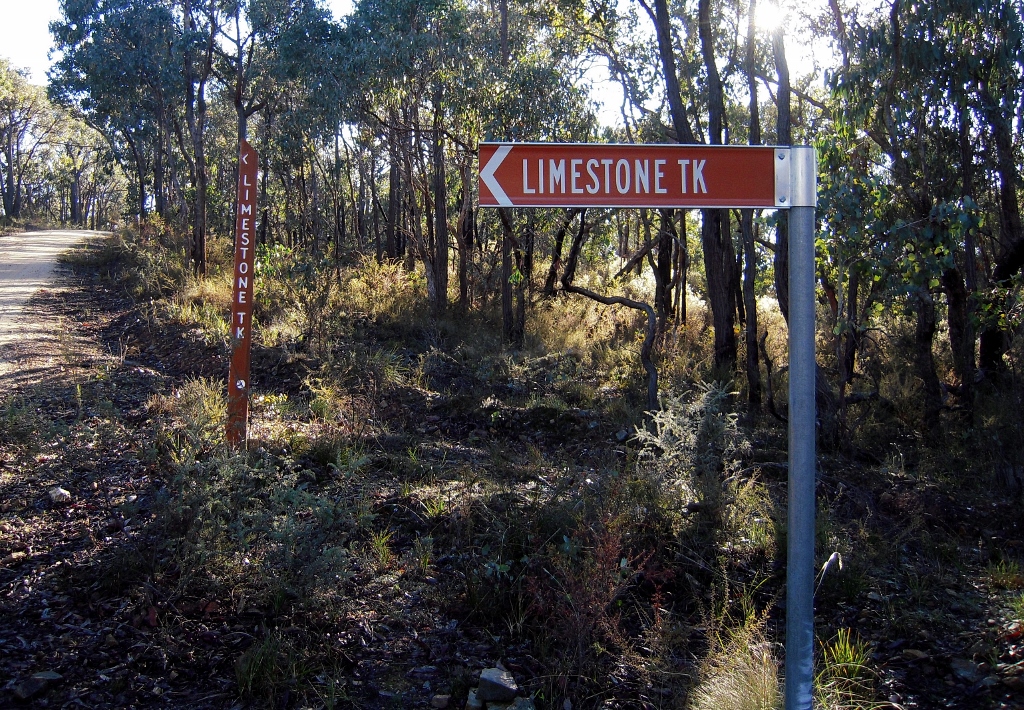
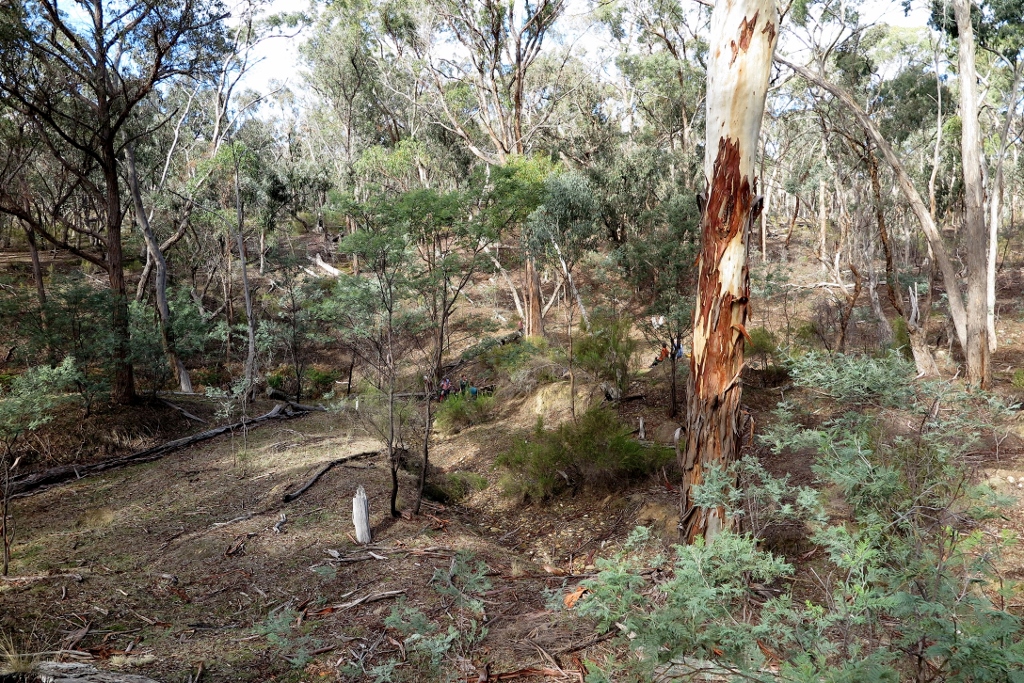
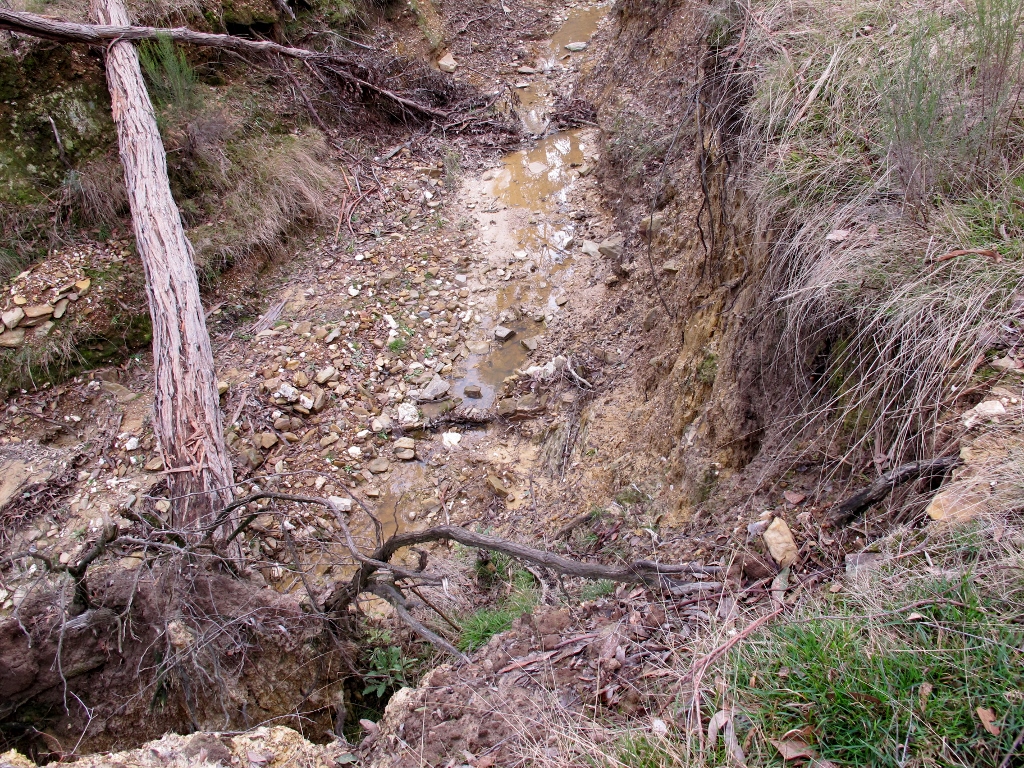
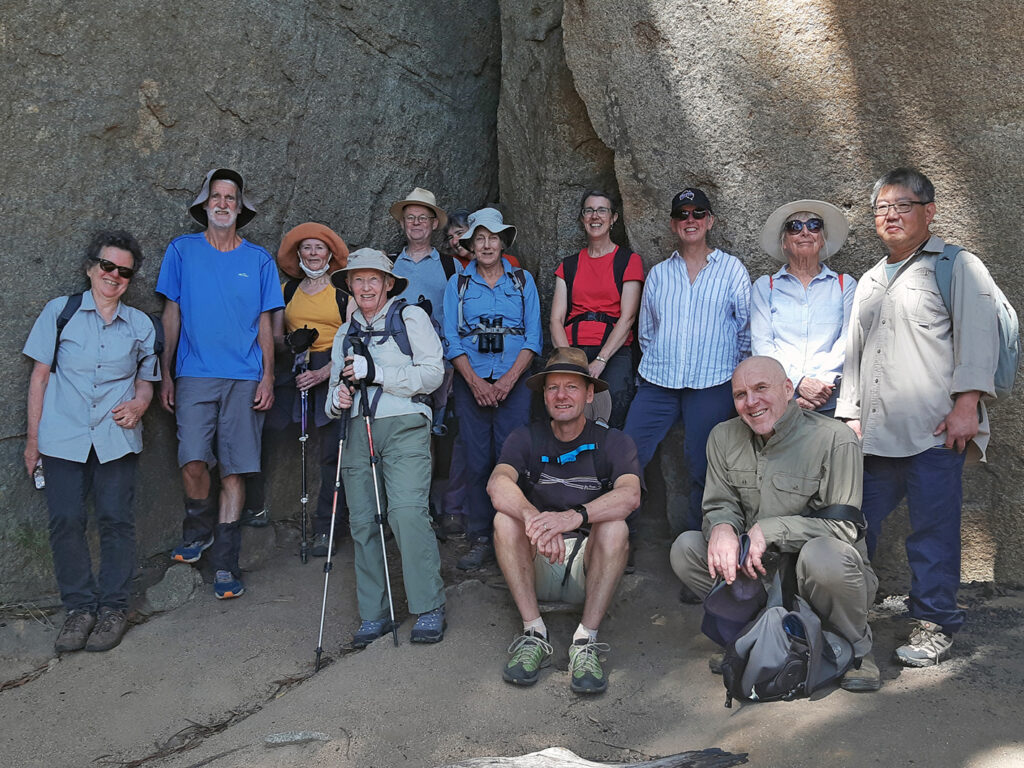
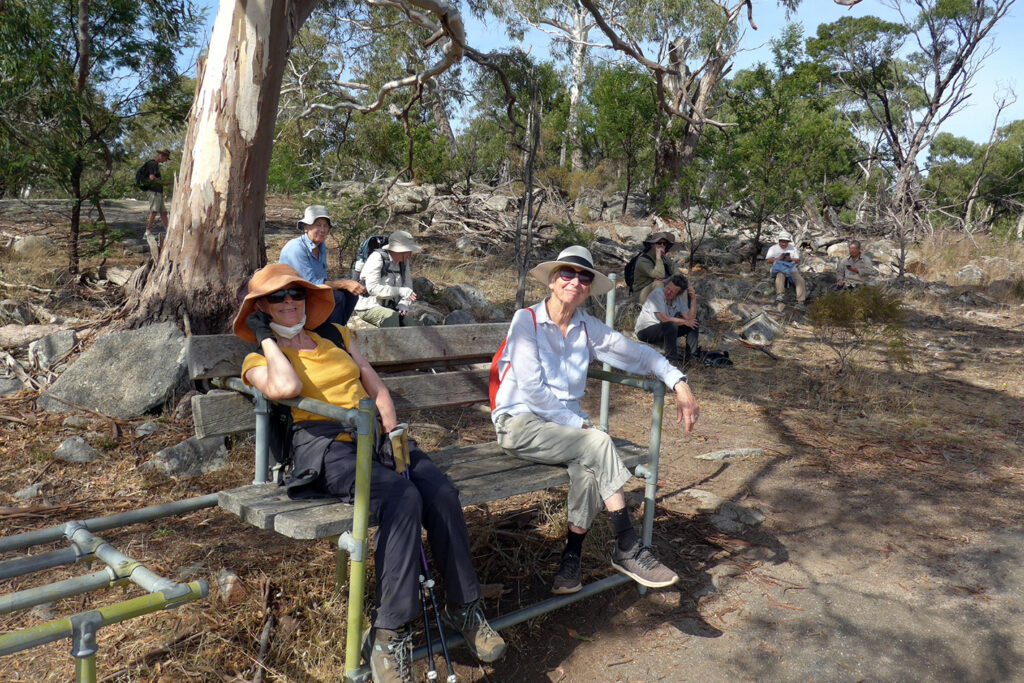
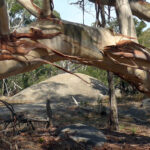
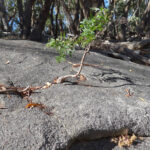
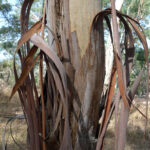
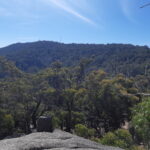
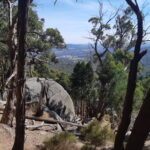
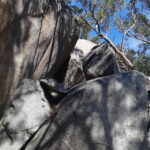
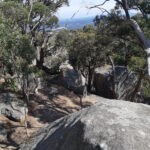
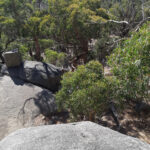
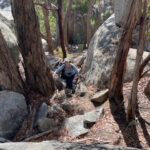
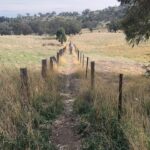
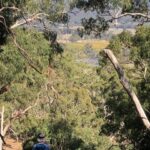
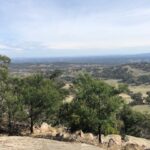
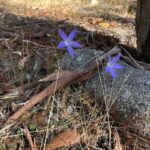
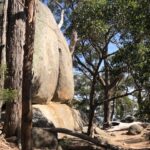
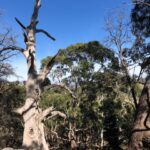
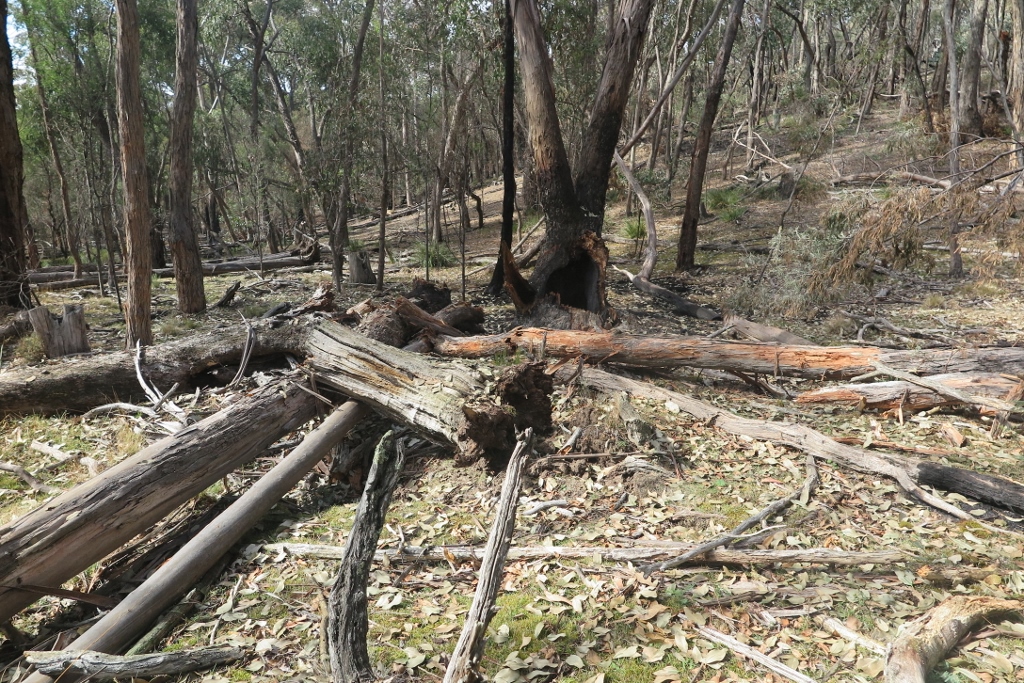
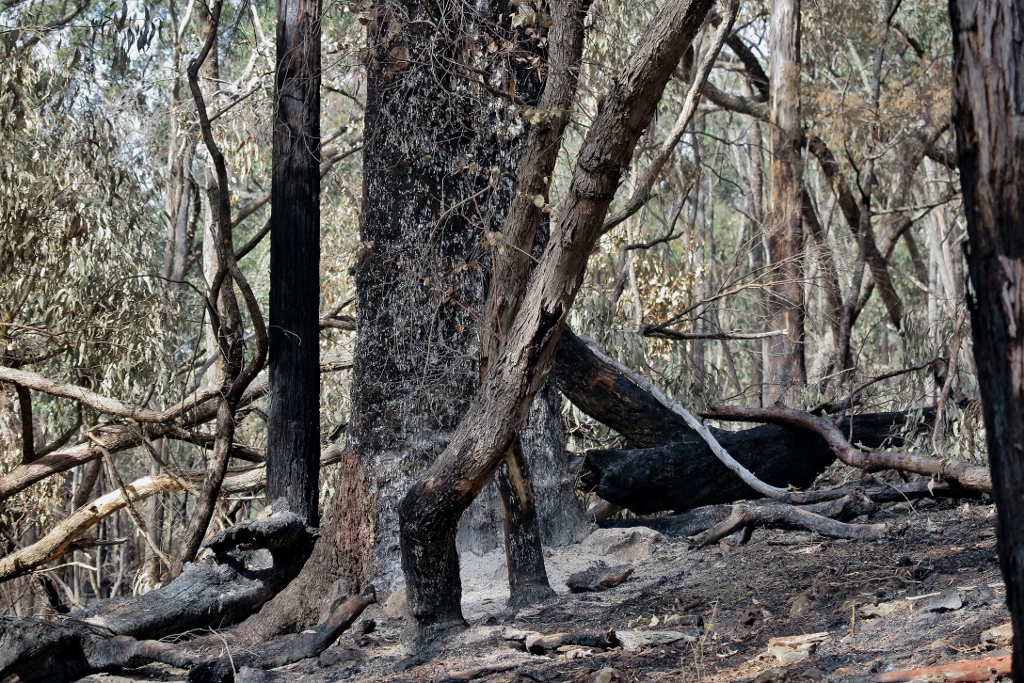
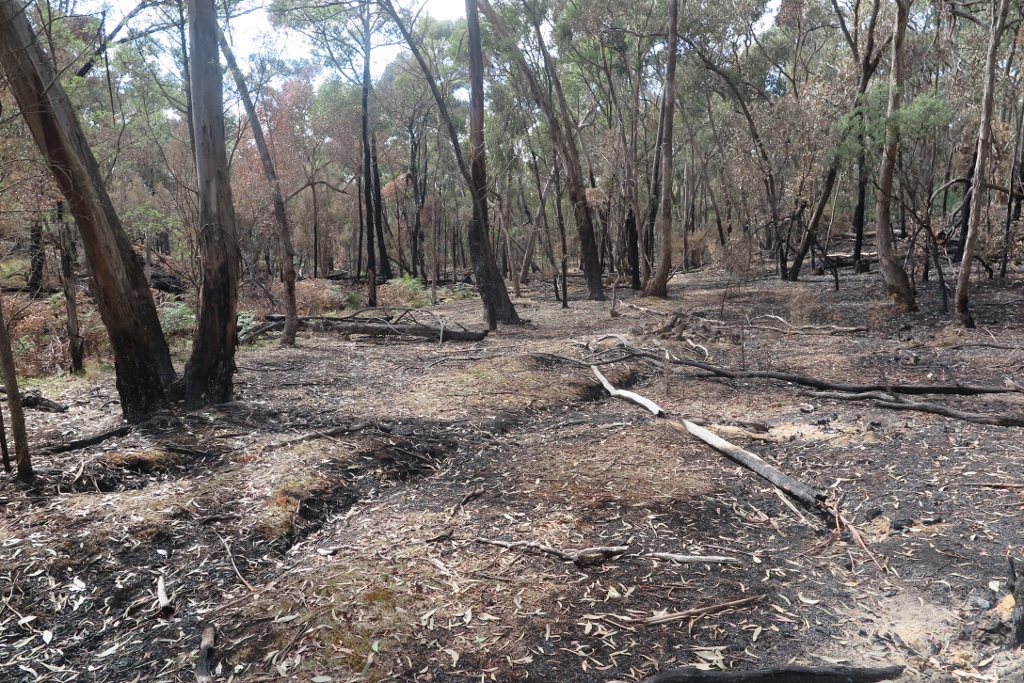
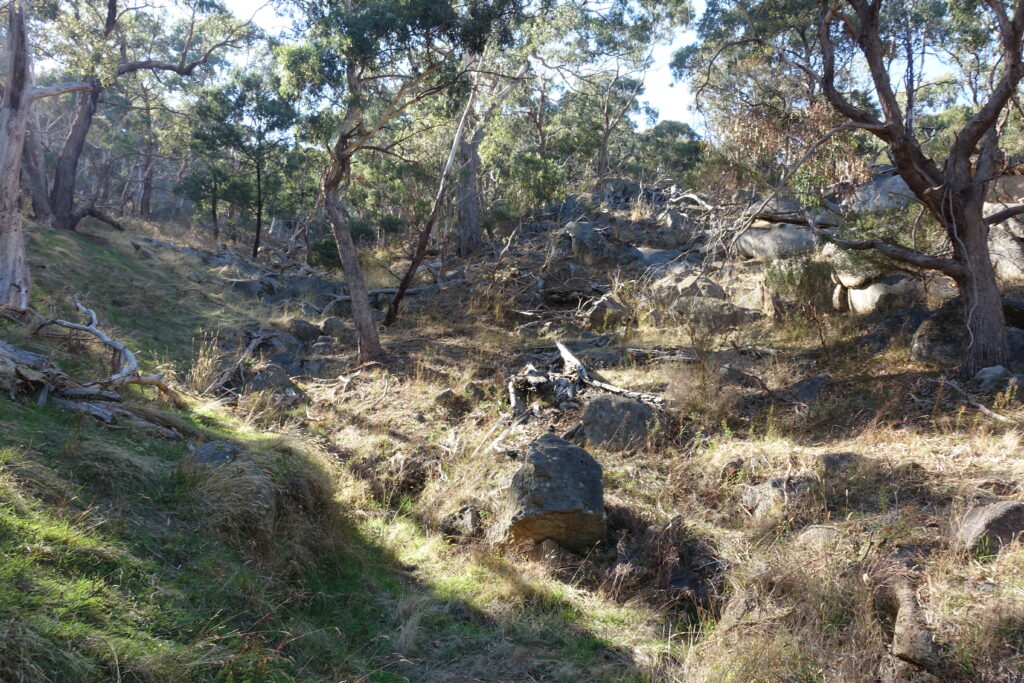
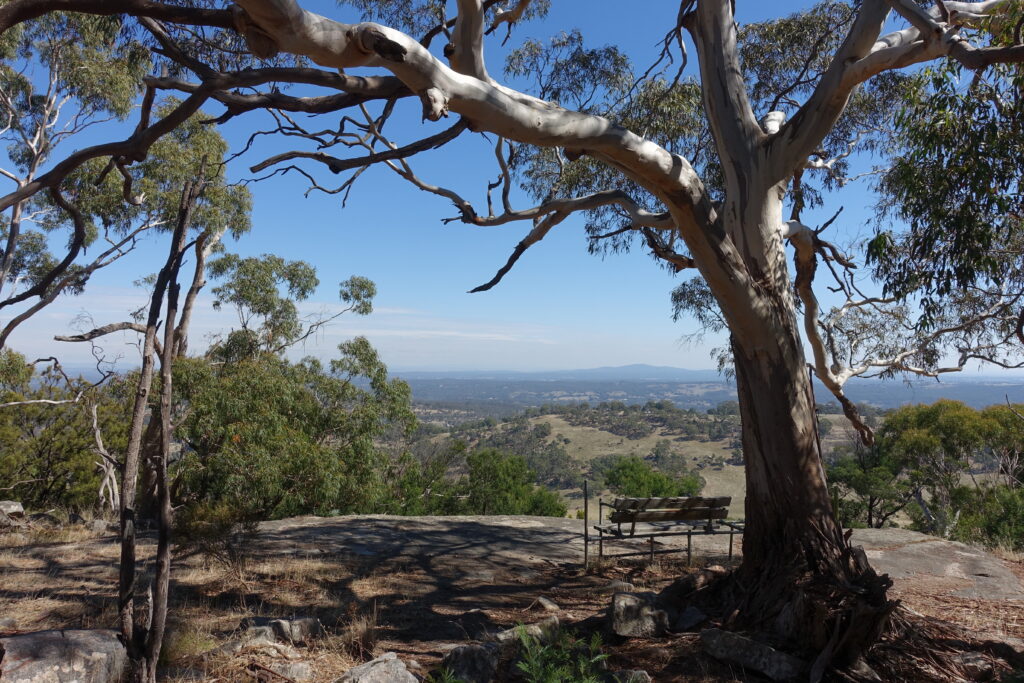
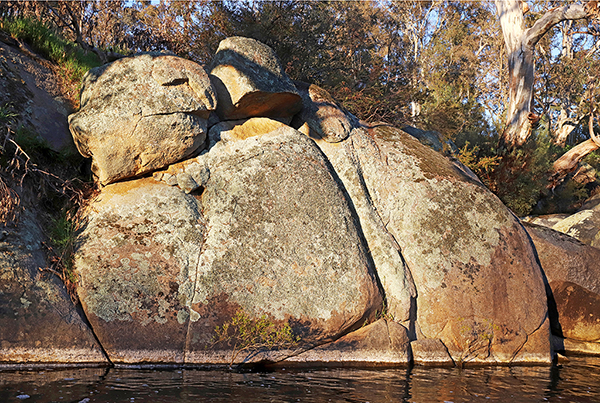
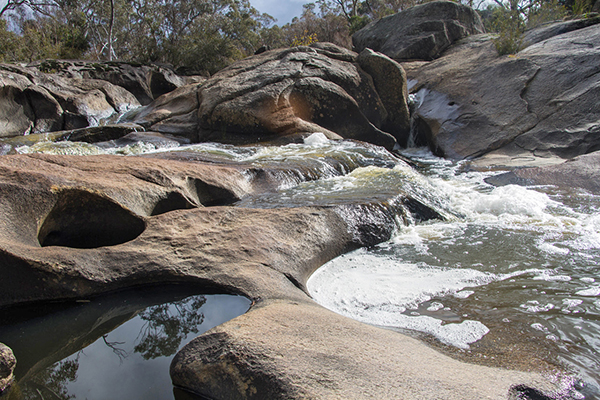
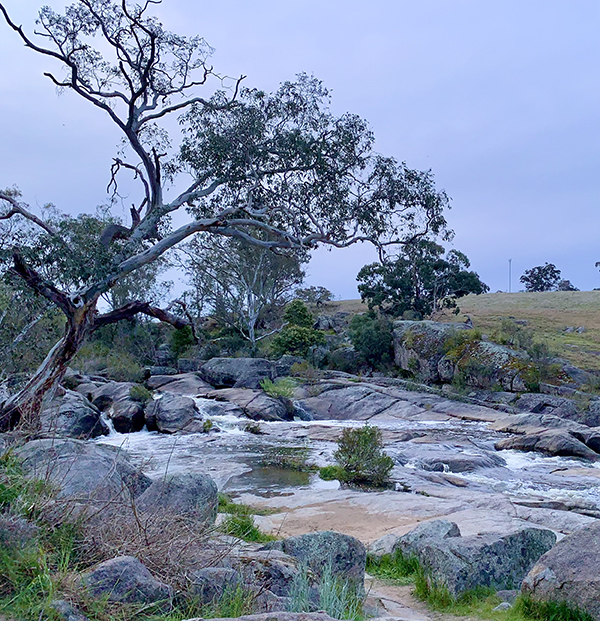
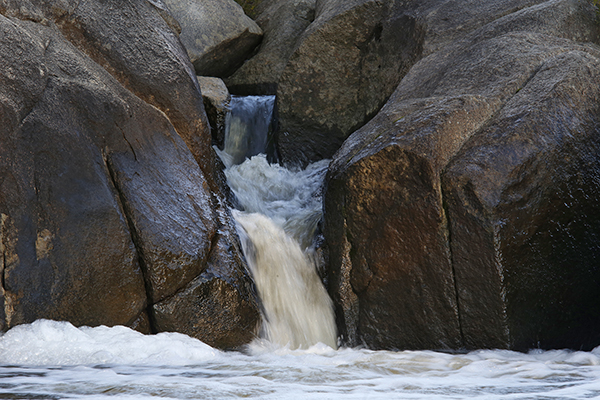
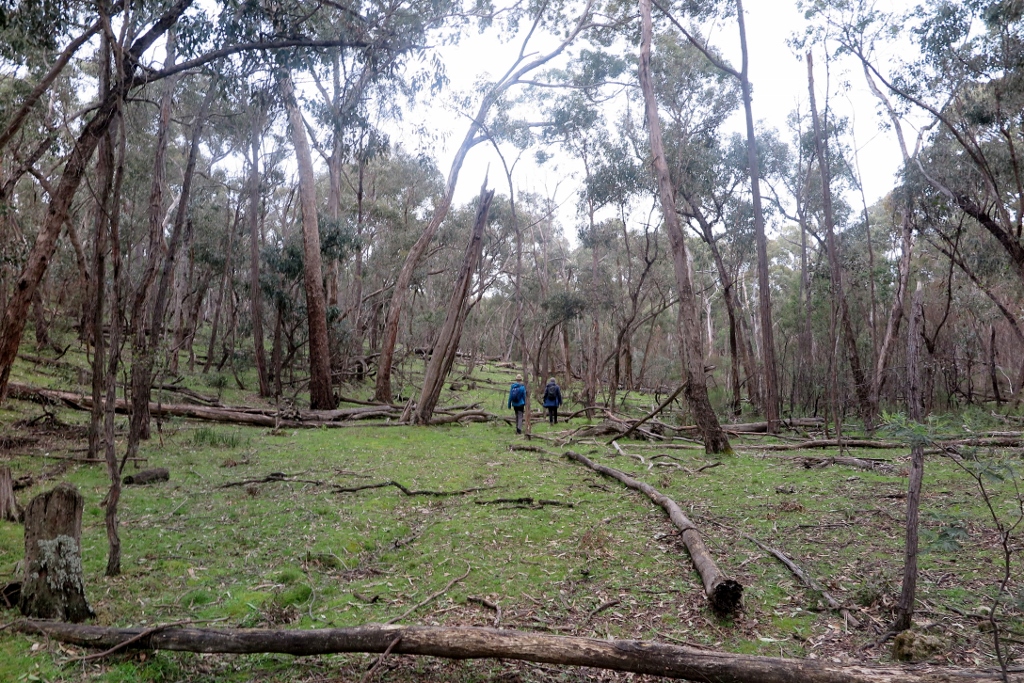



 Click on image for info/order page
Click on image for info/order page Click on image for info/order page
Click on image for info/order page Click on image for info/order page
Click on image for info/order page




















